Historically Black Colleges and Universities (HBCUs) Project
The Title III of the Higher Education Act of 1965, Congress officially defined a Historically Black College and University (HBCU) as institutions of higher education in the United States that were established before 1964 with the intention of primary serving the African-American community. HBCUs offer culture, a rich history and rigorous academic programs. These institutions prepare students for leadership and life after graduation.
There are currently 101 HBCUs in the United States, including private and public institutions, community and four-year institutions, medical and law schools.

Kearny Hall at Dillard University, New Orleans, Louisiana.

Brown Hall at Miles College, Fairfield, Alabama.

Fred T. Long Student Union at Wiley College, Marshall, Texas.

Blatt Hall at Denmark Technical College, Denmark, South Carolina.

Arkansas Baptist College, Little Rock, Arkansas.

Belles Lettres Building at Alcorn State University, Lorman, Mississippi.
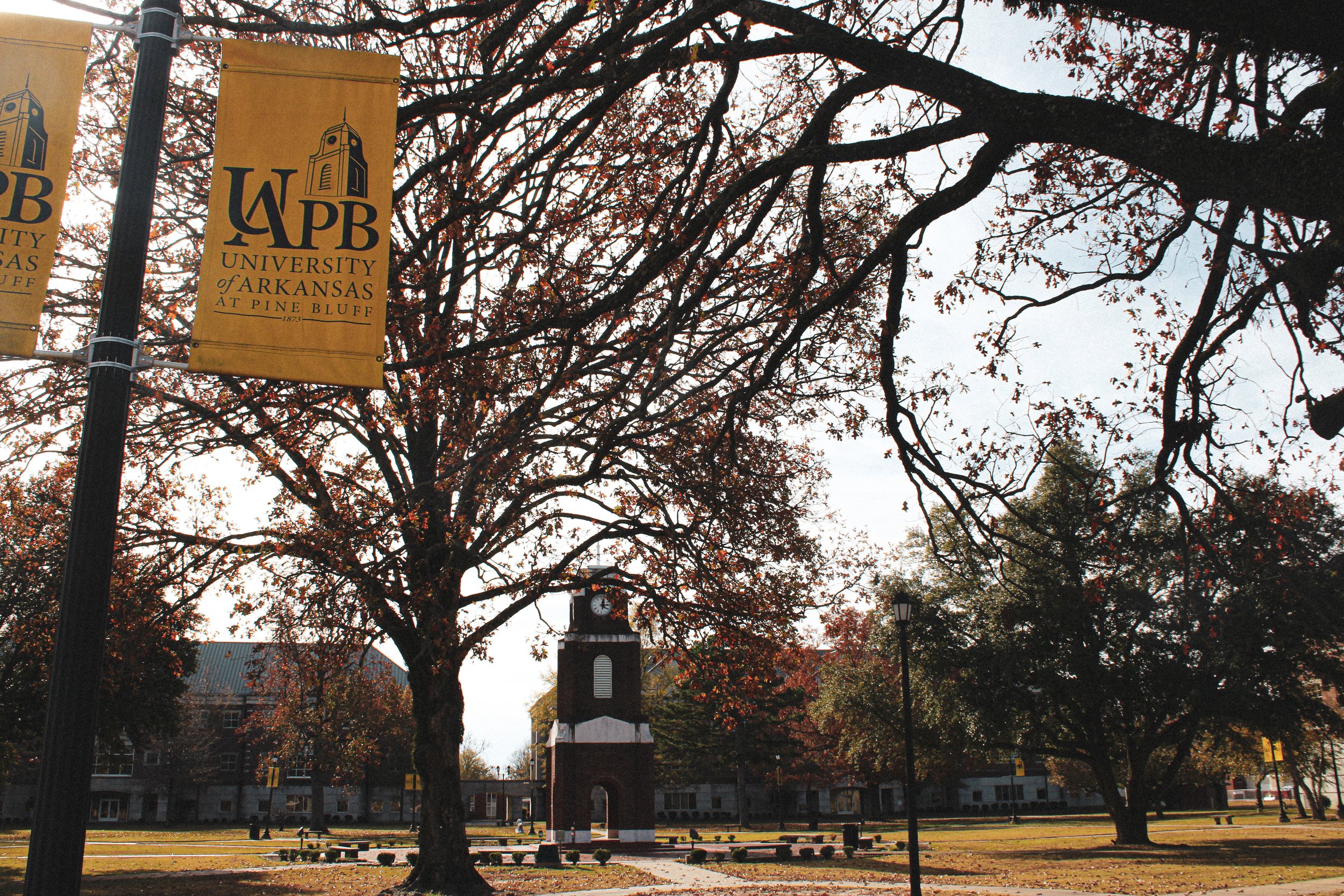
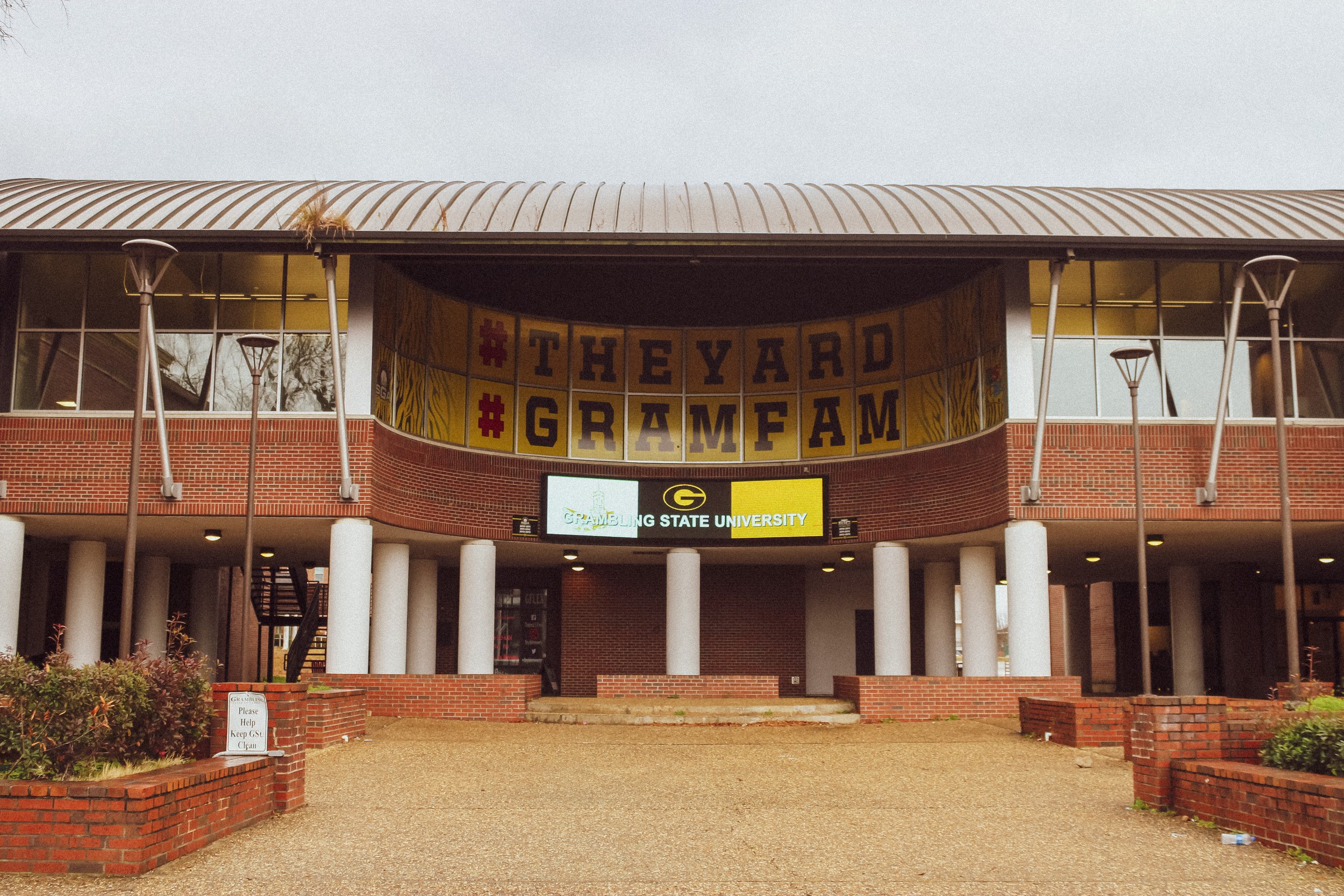
Favrot Student Union at Grambling State University, Grambling, Louisiana.
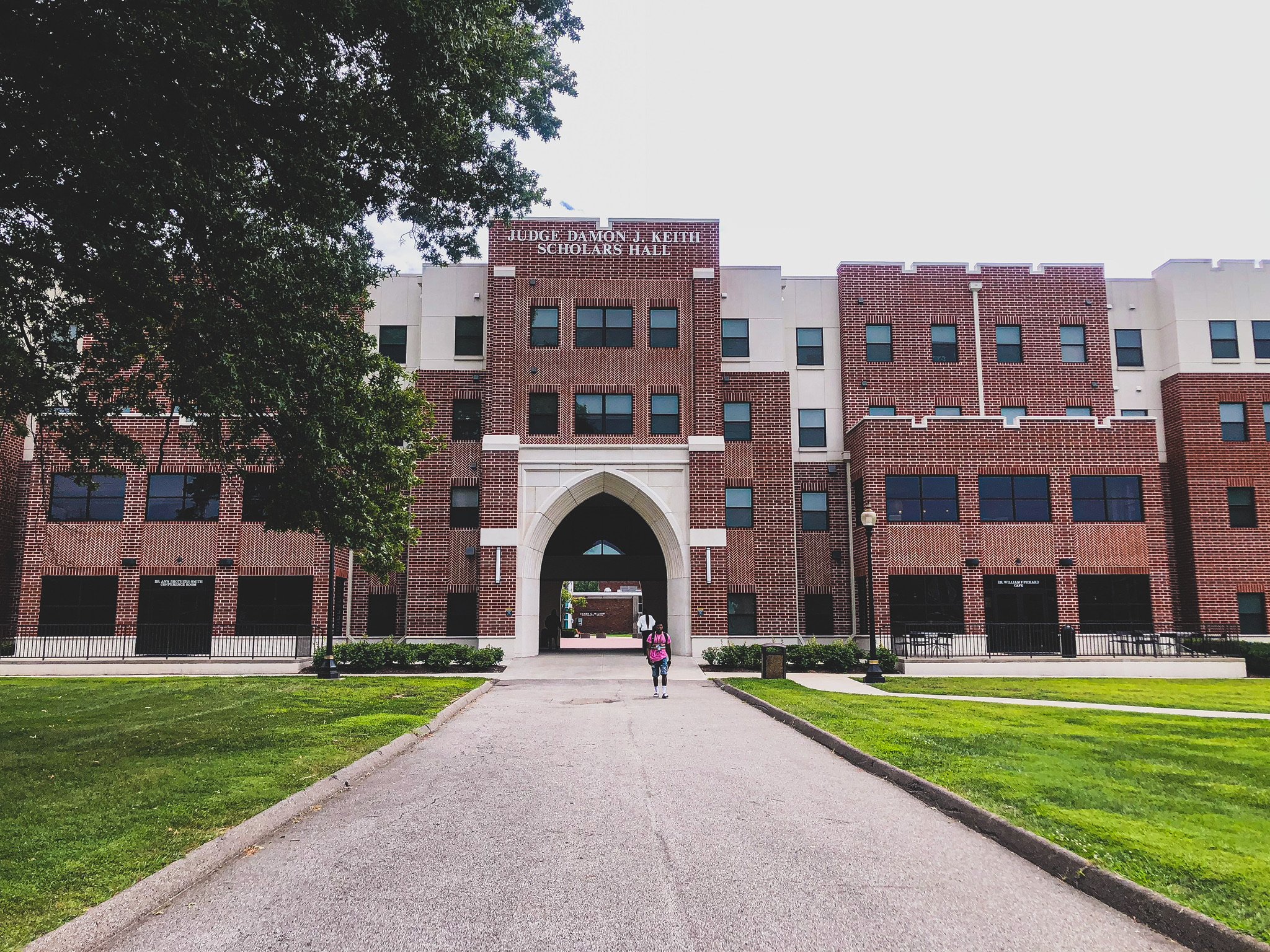
Judge Damon J. Keith Scholars Hall at West Virginia State University, Institute, West Virginia.

M. Maceo Nance Gate and Ko W.G. Donna Administration Building at South Carolina State University, Orangeburg, South Carolina.

Silsby Hall at Talladega College, Talladega, Alabama.
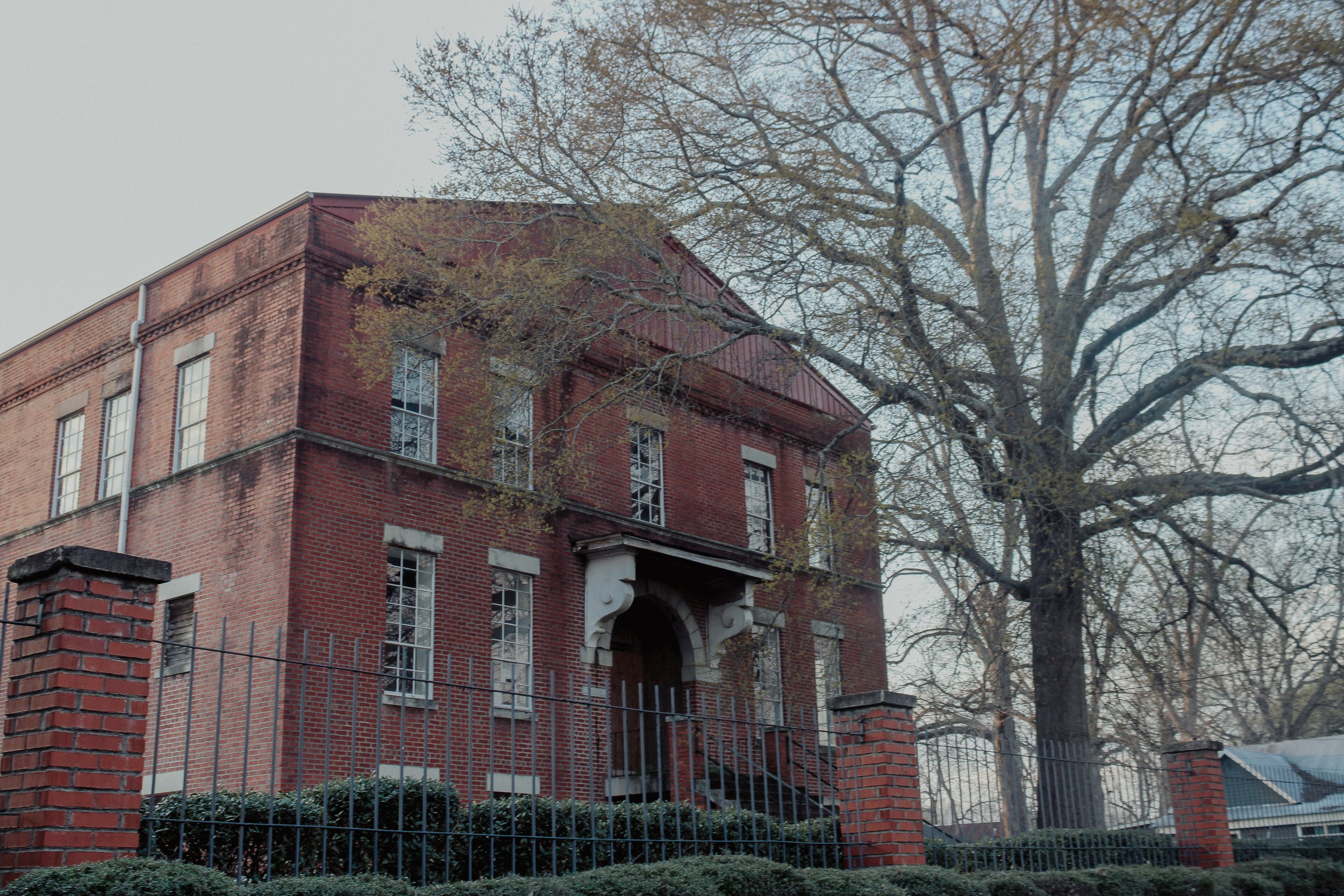
Selma University, Selma, Alabama.
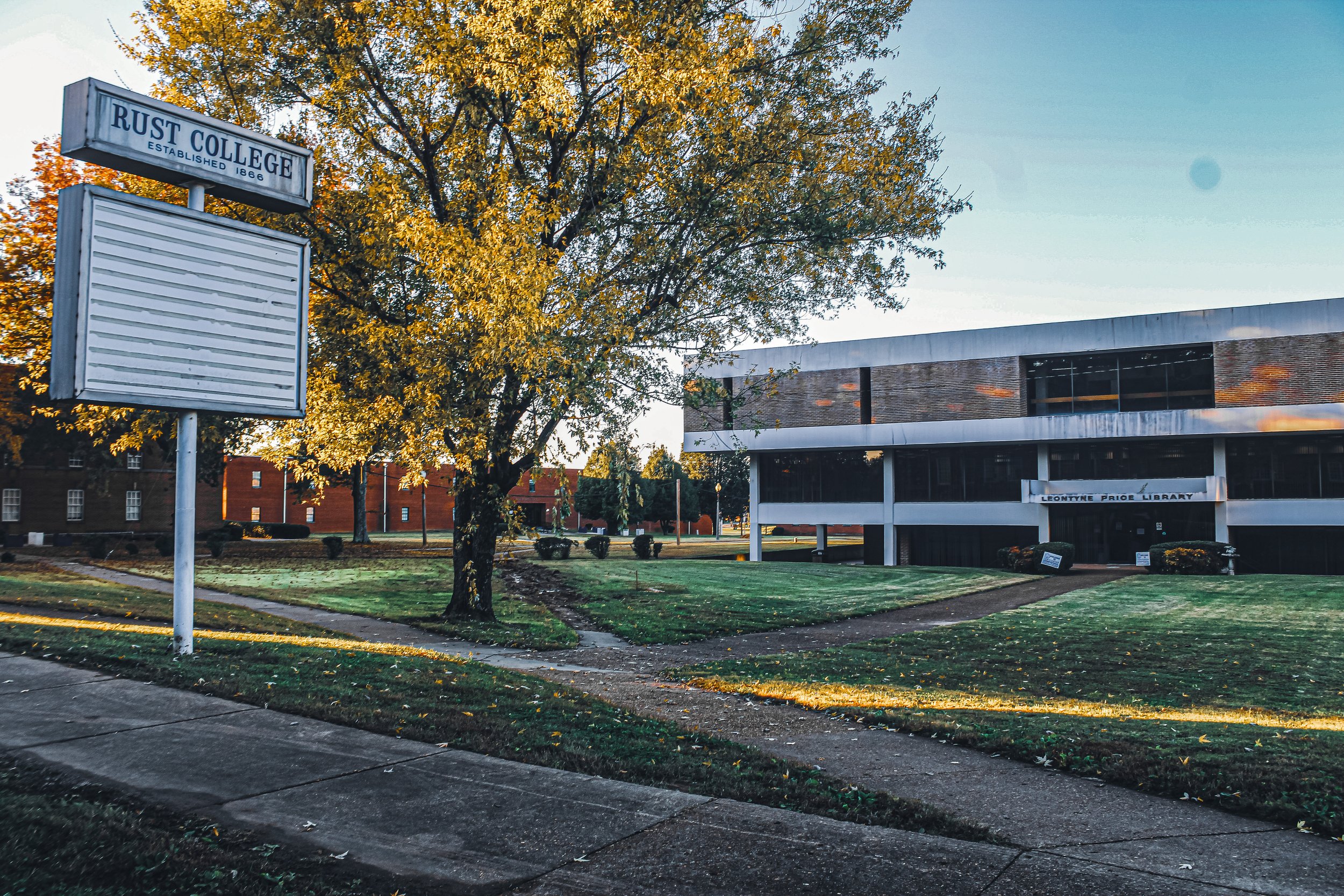
Rust College, Holly Springs, Mississippi.


